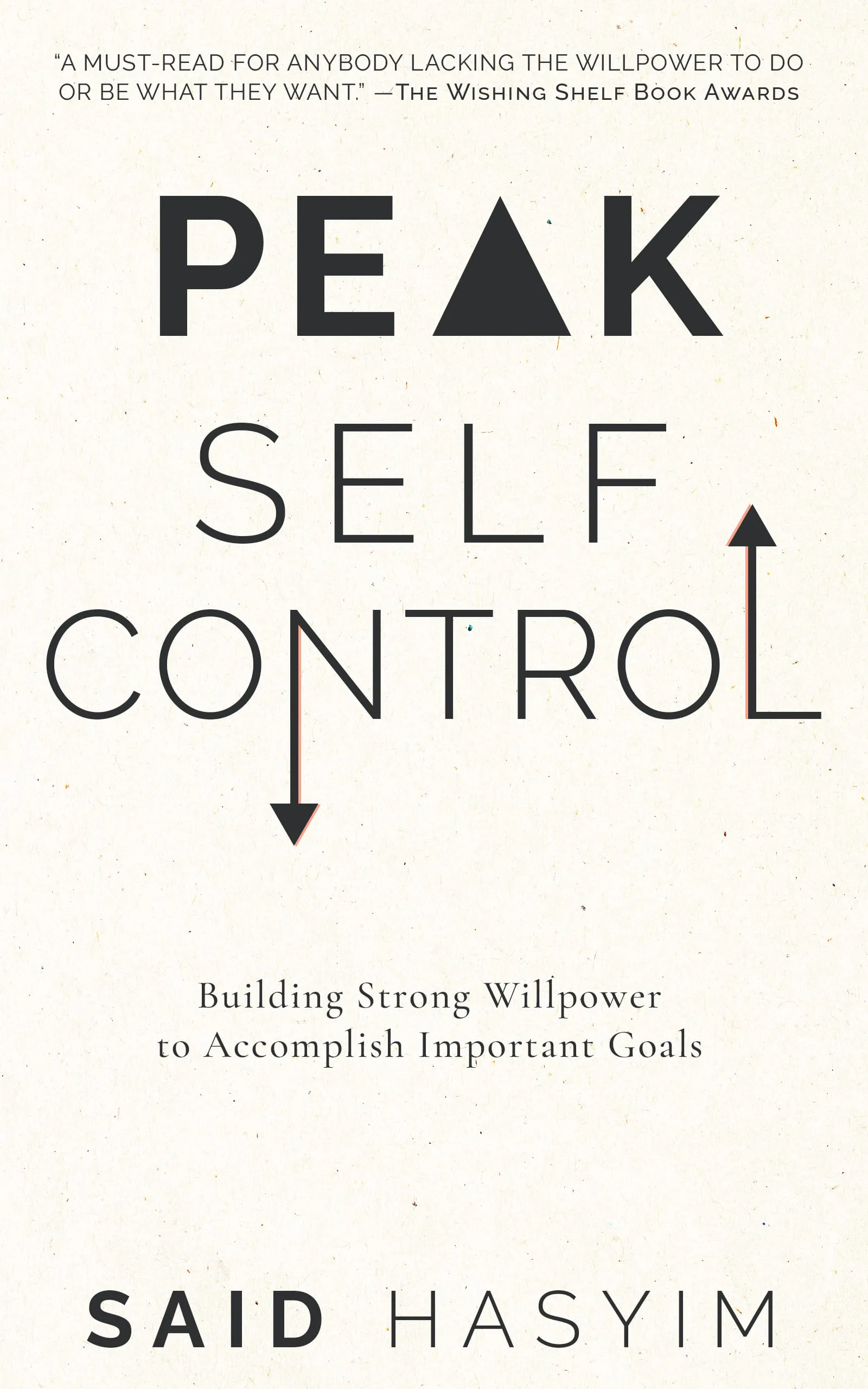The Mental Models That Enhance Self-Discipline
Self-discipline is more than just the ability to control oneself; it is a complex interplay of mindset, environment, habits, and motivation. Whether you're trying to stick to a workout routine, pursue a creative project, or simply manage your time better, having a set of mental models can significantly enhance your self-discipline. In this blog post, we will explore several mental models that can empower you to cultivate a disciplined mindset and achieve your goals.
1. The 80/20 Principle
The 80/20 Principle, also known as the Pareto Principle, states that approximately 80% of effects come from 20% of the causes. In the context of self-discipline, focus on determining which 20% of your tasks or activities will yield the greatest results. This model encourages efficiency. Ask yourself which activities directly contribute to your goals and prioritize them. By doing this, you can streamline your efforts and reduce overwhelm, making it easier to stay disciplined.
Applying the 80/20 Principle
- Identify Key Tasks: Take some time to analyze your daily activities and categorize them based on their impact. Which tasks are essential for your progress?
- Minimize Low-Impact Activities: Reduce or delegate the tasks that fall into the 80% category. This frees up mental and physical resources for what truly matters.
2. The Two-Minute Rule
The Two-Minute Rule, popularized by productivity expert David Allen, suggests that if a task takes less than two minutes to complete, you should do it immediately. This mental model can help break the inertia that sometimes stops us from starting more significant projects. By tackling small tasks immediately, you build momentum that leads to greater productivity and a sense of accomplishment.
Applying the Two-Minute Rule
- Start with Quick Wins: Begin your day by completing simple tasks such as answering emails, organizing your workspace, or making a quick phone call.
- Use Small Tasks as a Gateway: When faced with a daunting task, look for the smallest actionable step you can take, and apply the two-minute rule to get started.
3. The Fogg Behavior Model
The Fogg Behavior Model posits that behavior is a product of three elements: motivation, ability, and prompt. For a behavior to occur, all three must converge at the same moment. This model can help you understand how to create conditions that support self-discipline.
Applying the Fogg Behavior Model
- Increase Ability: Simplify tasks to make them easier to complete. For example, lay out your workout clothes the night before to make it easier to exercise in the morning.
- Use Prompts: Set reminders or cues in your environment to trigger the desired behavior. These could be calendar alerts or visual reminders like sticky notes.
4. The Growth Mindset
A Growth Mindset, as proposed by psychologist Carol Dweck, embraces the idea that abilities and intelligence can be developed through dedication and hard work. This perspective fosters resilience and encourages people to view challenges as opportunities for growth rather than as threats.
Applying the Growth Mindset
- Reframe Failures as Learning Opportunities: Instead of knocking yourself down when you fall short, focus on what you can learn from the experience. This will enhance your motivation and encourage you to try again.
- Celebrate Progress: Recognize and celebrate small victories, as these reinforcing moments can bolster your self-discipline over time.
5. The Eisenhower Matrix
The Eisenhower Matrix categorizes tasks into four quadrants based on their urgency and importance. This model is powerful for prioritizing tasks and can significantly enhance self-discipline by helping you focus on what truly matters.
Applying the Eisenhower Matrix
- Urgent and Important: Do these tasks first.
- Important, Not Urgent: Schedule a time to focus on them.
- Urgent, Not Important: Delegate these tasks if possible.
- Not Urgent, Not Important: Consider eliminating them altogether.
6. The Habit Loop
The Habit Loop, introduced by Charles Duhigg, consists of three components: cue, routine, and reward. Understanding how habits are formed and reinforced can empower you to build self-discipline through intentional habit formation.
Applying the Habit Loop
- Identify Cues: Recognize your triggers for both good and bad habits.
- Work on Routines: Create positive routines that replace negative ones. Ensure your new habit brings you a sense of satisfaction or reward.
- Focus on Rewards: Celebrate your successes, no matter how small, to reinforce the habit and motivate you to continue.
7. The 5-Second Rule
The 5-Second Rule, popularized by Mel Robbins, encourages immediate action on tasks. The idea is simple: when you feel the urge to act on a goal, count down from five and then physically move towards action. This breaks the habit of overthinking and procrastination.
Applying the 5-Second Rule
- Use the Countdown: When you have the urge to procrastinate, start counting down from five. By the time you reach one, you should take action.
- Mindful Decisions: This technique can also help you feel more decisive in your daily choices, enhancing your ability to act in alignment with your goals.
Conclusion
Cultivating self-discipline is a journey that requires intentionality and practice. By leveraging these mental models—such as the 80/20 Principle, the Two-Minute Rule, and the Eisenhower Matrix—you can enhance your ability to focus, prioritize, and take action effectively. Embrace the growth mindset, apply the Fogg Behavior Model, understand the habit loop, and consider the 5-Second Rule as tools to sharpen your self-discipline.
As you integrate these models into your daily life, remember that self-discipline is not about perfection; it’s about progress. Consistency over time will yield the results you desire. Start applying one or two of these models today, and watch as your capacity for self-discipline strengthens, leading you toward a more productive and fulfilling life.
Start Mastering Self-Discipline Today
Discover Peak Self-Control, a practical book to mastering self-discipline. Break free from distractions, build healthier habits, and improve your relationships. Gain effective strategies to enhance your willpower and make meaningful life changes, even amidst a busy schedule. Small adjustments can lead to significant improvements in your daily routine.
